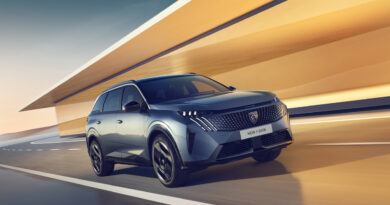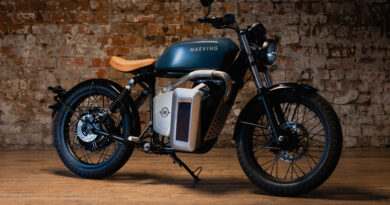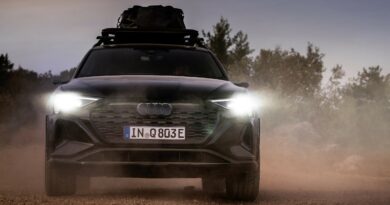How simple things can lead to different approaches to EVs
If you’re expecting the electric future of Mazda to be as exciting and invigorating as offerings from Porsche and Tesla, it sounds like you might have to wait a while. But at the very least, Mazda EVs will be distinctly different to drive from their competitors, according to Tomiko Takeuchi – the program lead for the MX-30.
Takeuchi is a very keen driver and worked her way up to a rare management position – rare because she’s a woman working for a giant Japanese company – after starting as a test driver. She admits to being “very excited” when driving Mazda’s “pure sports cars”, the RX-7 and RX-8, and she was obviously hugely involved in the evolution of the company’s first full EV, the MX-30.
The expectations of driving joy were high, then, but we’ve driven it, and it’s… a city car. Pleasant. Nice. Trendy, even, but it’s not exciting or overly fun.
Takeuchi says that was never her goal, however, and hints that the Zoom Zoom philosophy of Mazda might not have made it into the company’s EV plans, or not yet, anyway.
“We aren’t particularly aiming to make the exciting direction of the EV, what we’re aiming for is to offer the oneness between the people and the car, and the comfortable feeling and the accurate feeling as well,” she explains.
“If you look at Mazda’s line-up – the 3, the 6, the CX-5 and CX-9 – the driver’s families are also in the car with them most of the time.
“For cars that are driven in everyday life it is important to offer the comfortable feeling when spending time with other people in the car, as well as a good driving feeling.”
It’s just possible that our interviewee has been well drilled in not giving anything away, and that she’d just stepped out of an EV version of the MX-5 that’s as exciting as hell, but she was doing a good job of downplaying Mazda’s level of excitement over electrification.
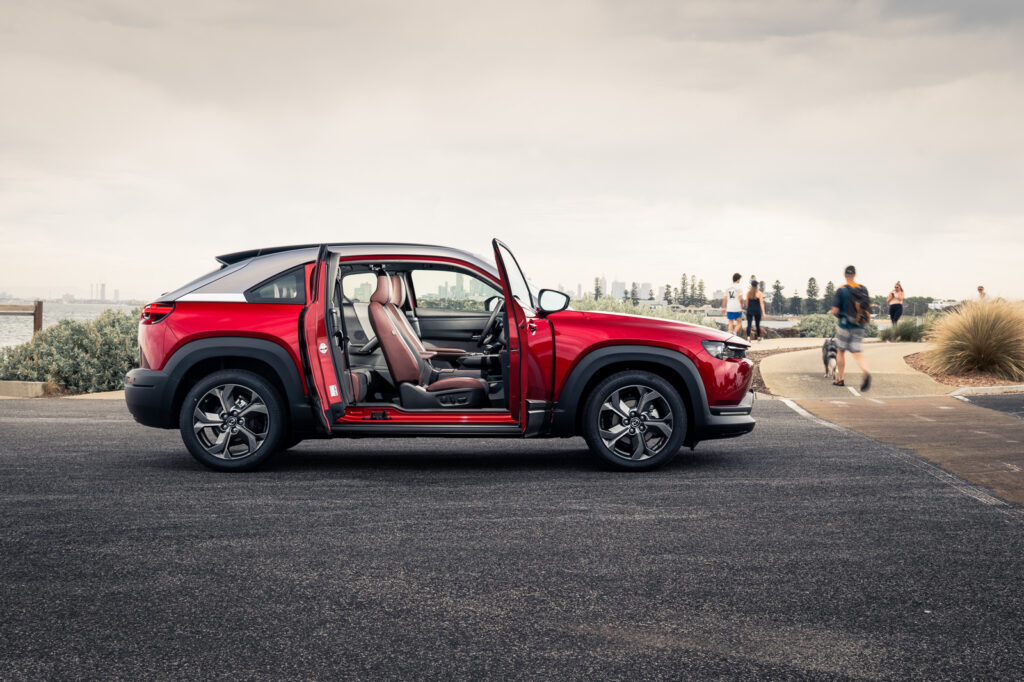
What she was a lot more excited about was Mazda’s decision to step-away from the kind of one-pedal driving that other companies, and Nissan in particular, insist is the future.
Nissan raves about its e-Pedal, which it says “enhances the Nissan Leaf driving experience by allowing the driver the simplicity of starting, accelerating, decelerating, stopping and holding the car by using the accelerator pedal alone — a revolutionary innovation that can entirely change the way people drive their vehicles”.
It certainly is revolutionary, and will very much save on brake wear, but it’s also just weird. And what you probably didn’t realise is how exhausted you were from driving the old way, where you had to, whisper it, move your foot now and then.
“With a deceleration rate of up to 0.2g, the e-Pedal reduces the need for drivers to constantly move their foot from the accelerator to the brake pedal to slow down or stop, reducing fatigue and increasing enjoyment.”
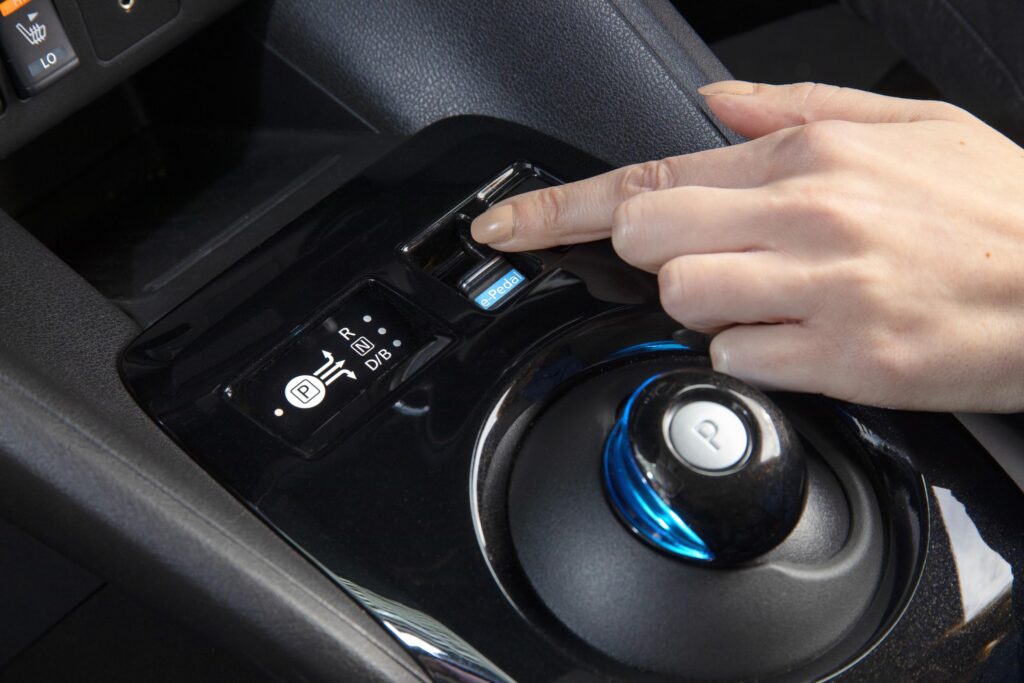
That’s right, fatigue. The kind I didn’t know I had. I thought I got tired while driving because our speed limits are too low and it makes road journeys dangerously dull. I get far less tired in Germany, which is weird, because I also used to move my foot in cars there.
Our friend Takeuchi, however, says this approach is wrong. That the human body wants and needs to be able to brace itself when applying stopping force to a car, and the way we do this is by pressing the brake pedal (if you’re in the passenger seat, there’s a phantom pedal for you).
“I like to say if you operate the car with one pedal, if you release your foot off the accelerator and the car stops abruptly, that gives a shock to your body, and this kind of thing is not comfortable for people – that’s our belief,” she explains.
“And we believe that when our EVs come out in the market place, I think people will start to realise how comfortable it is to have the accelerator and the brake pedal be just like normal vehicles.”
The thing is, when I consider what kind of car that need to brace yourself in would be important to, it’s not just an everyday vehicle in which your family is mostly with you, it’s a sports car, one that approaches corners at pace and needs to stop rapidly.
And I’m willing to bet that Takeuchi is working on one of those too. I sure hope so.


